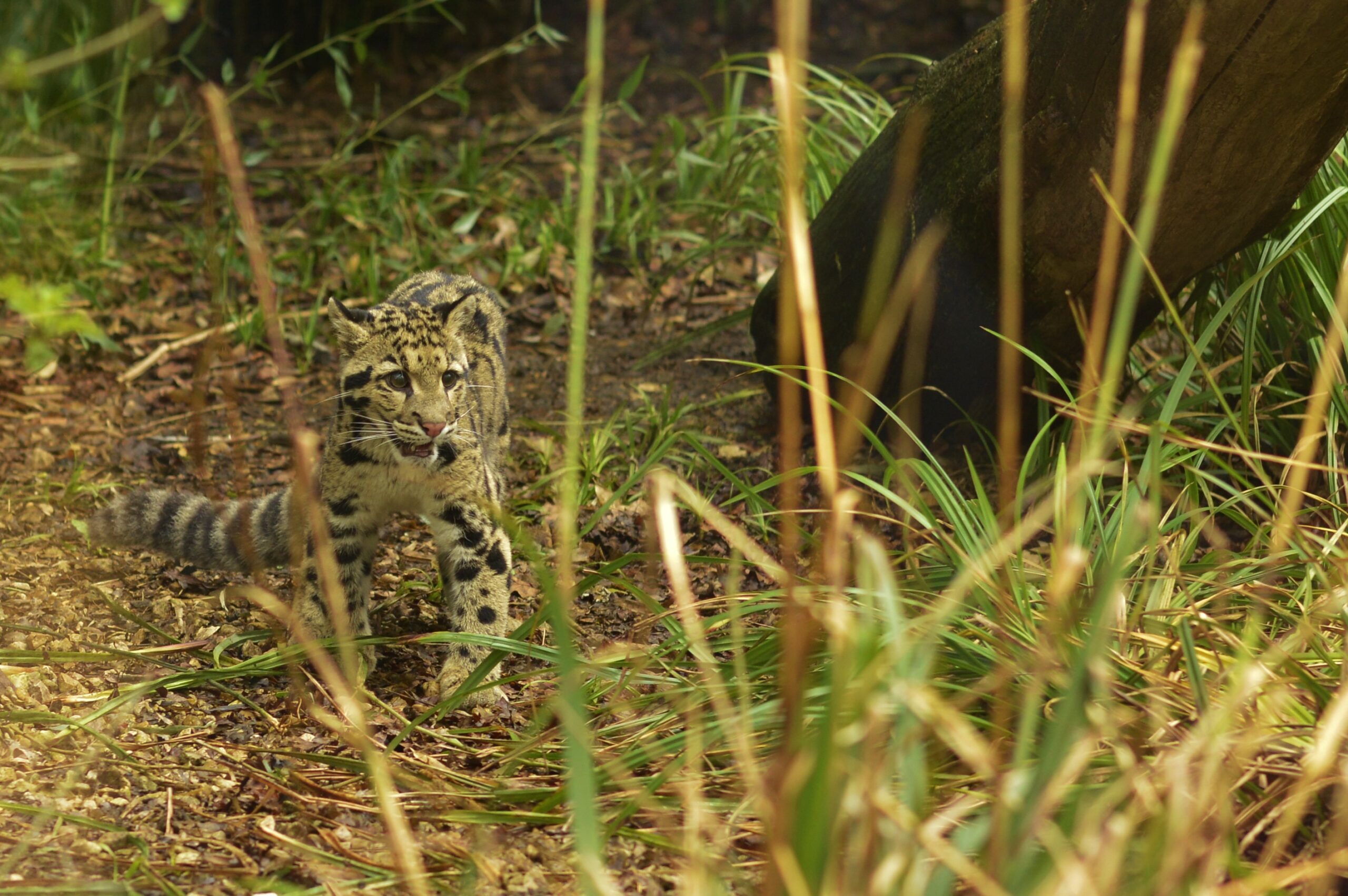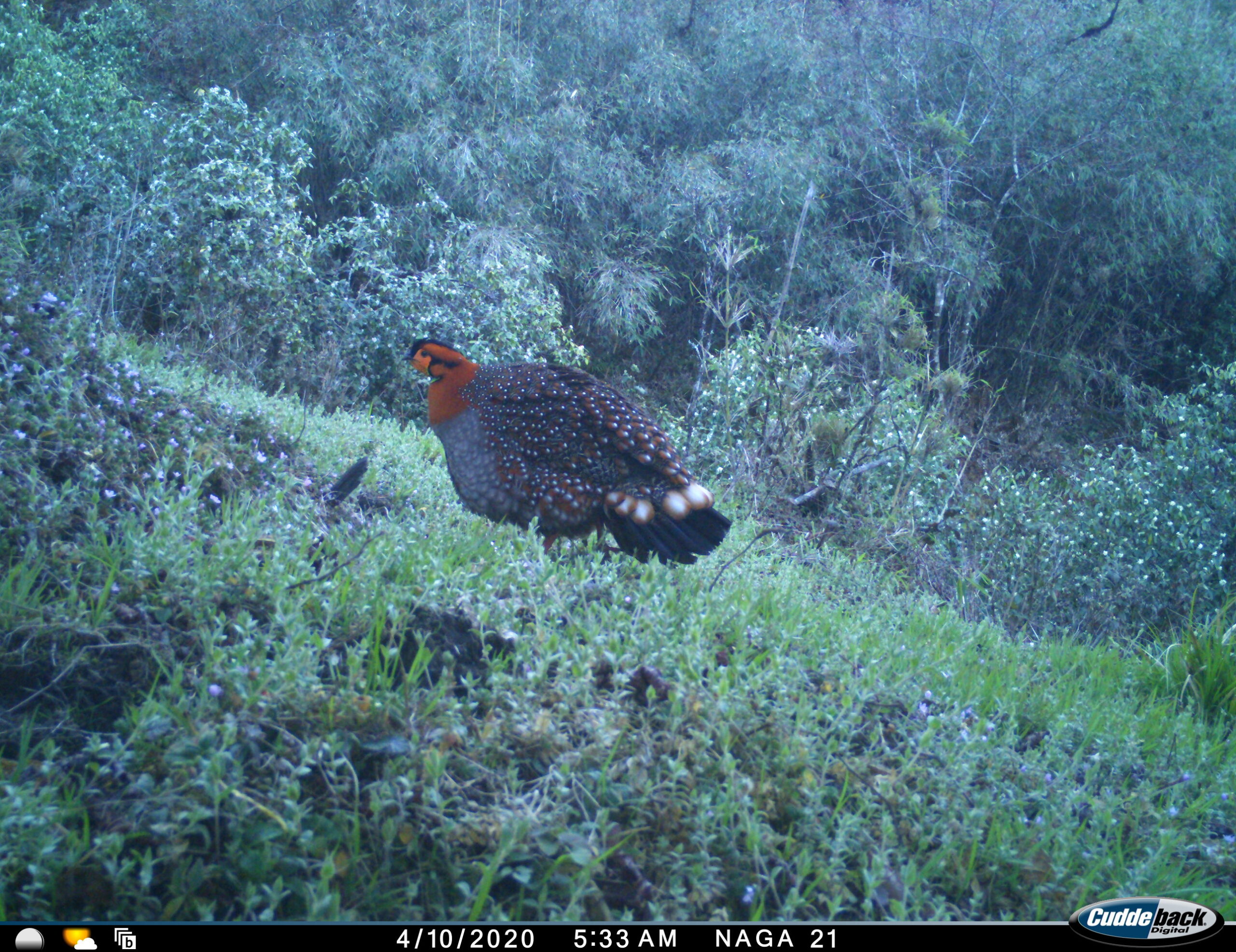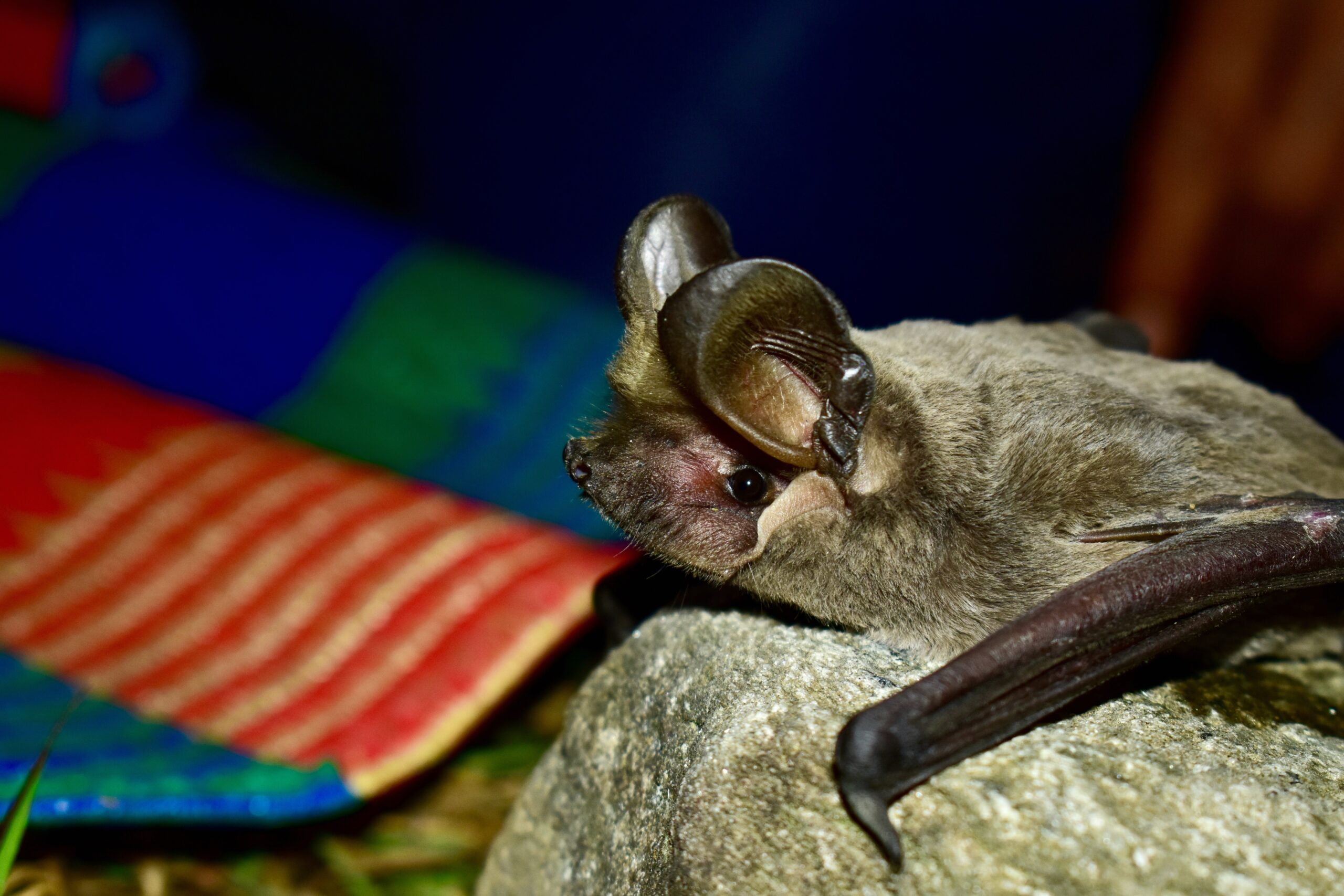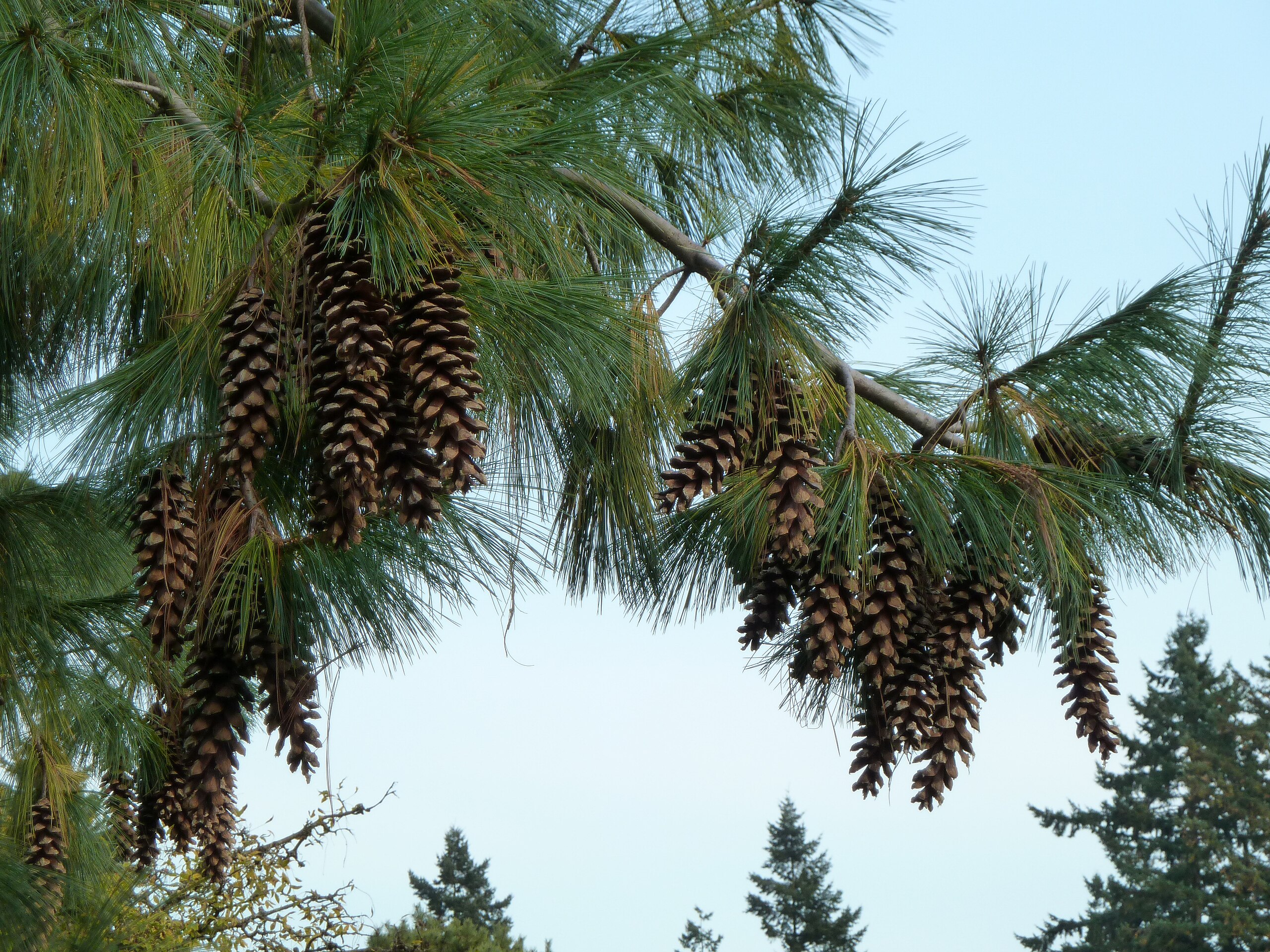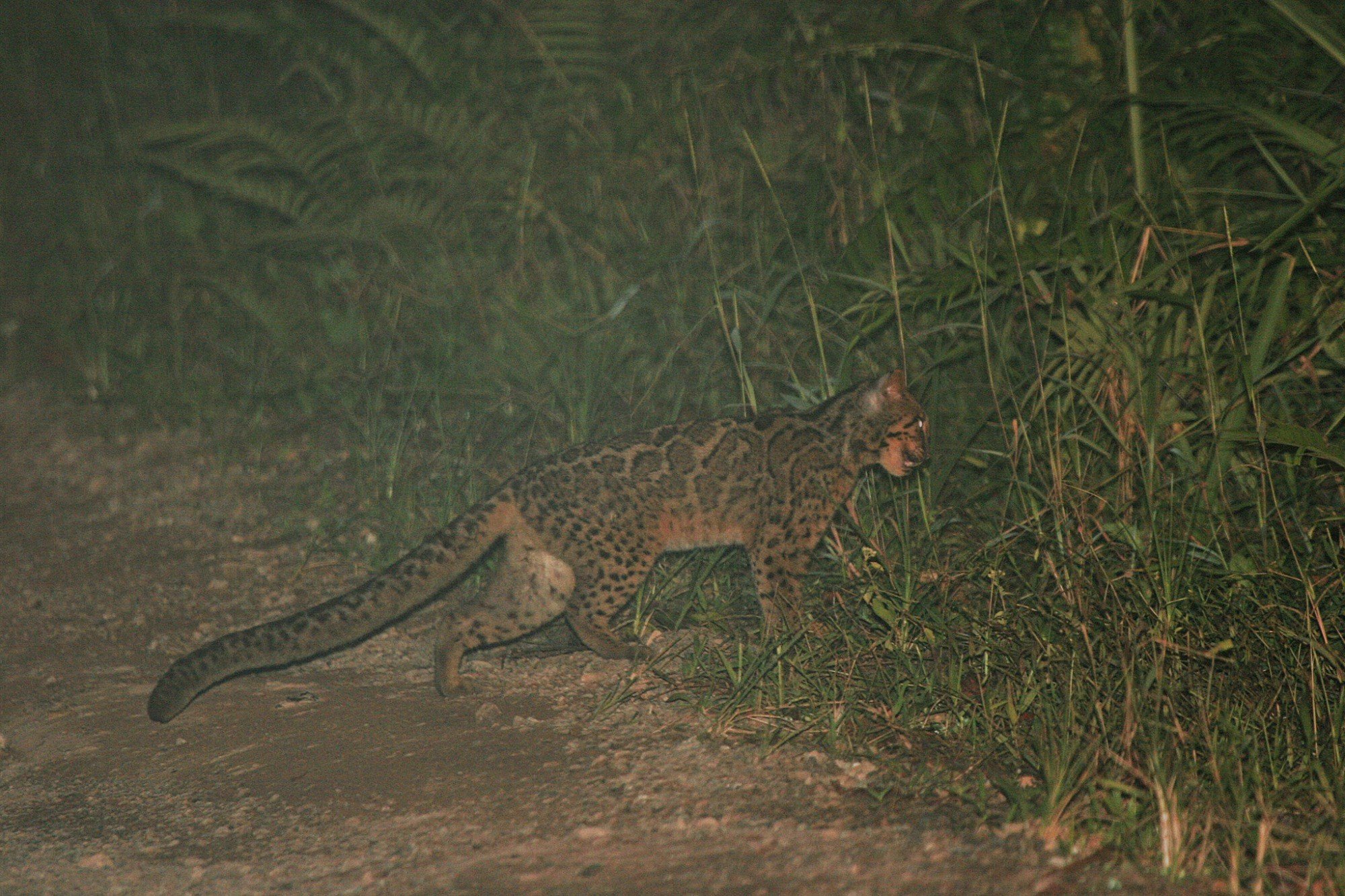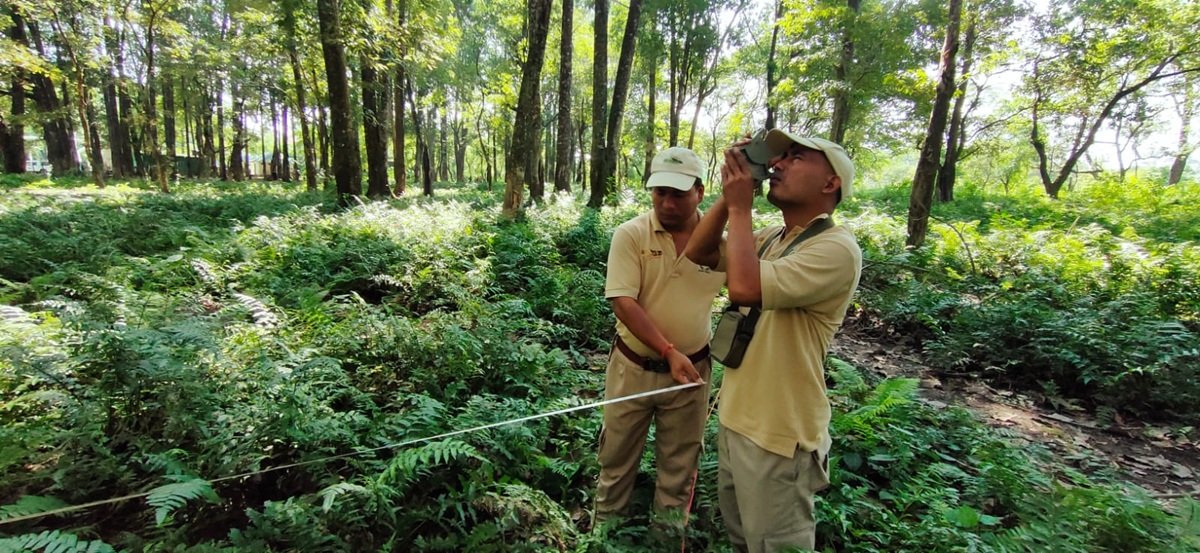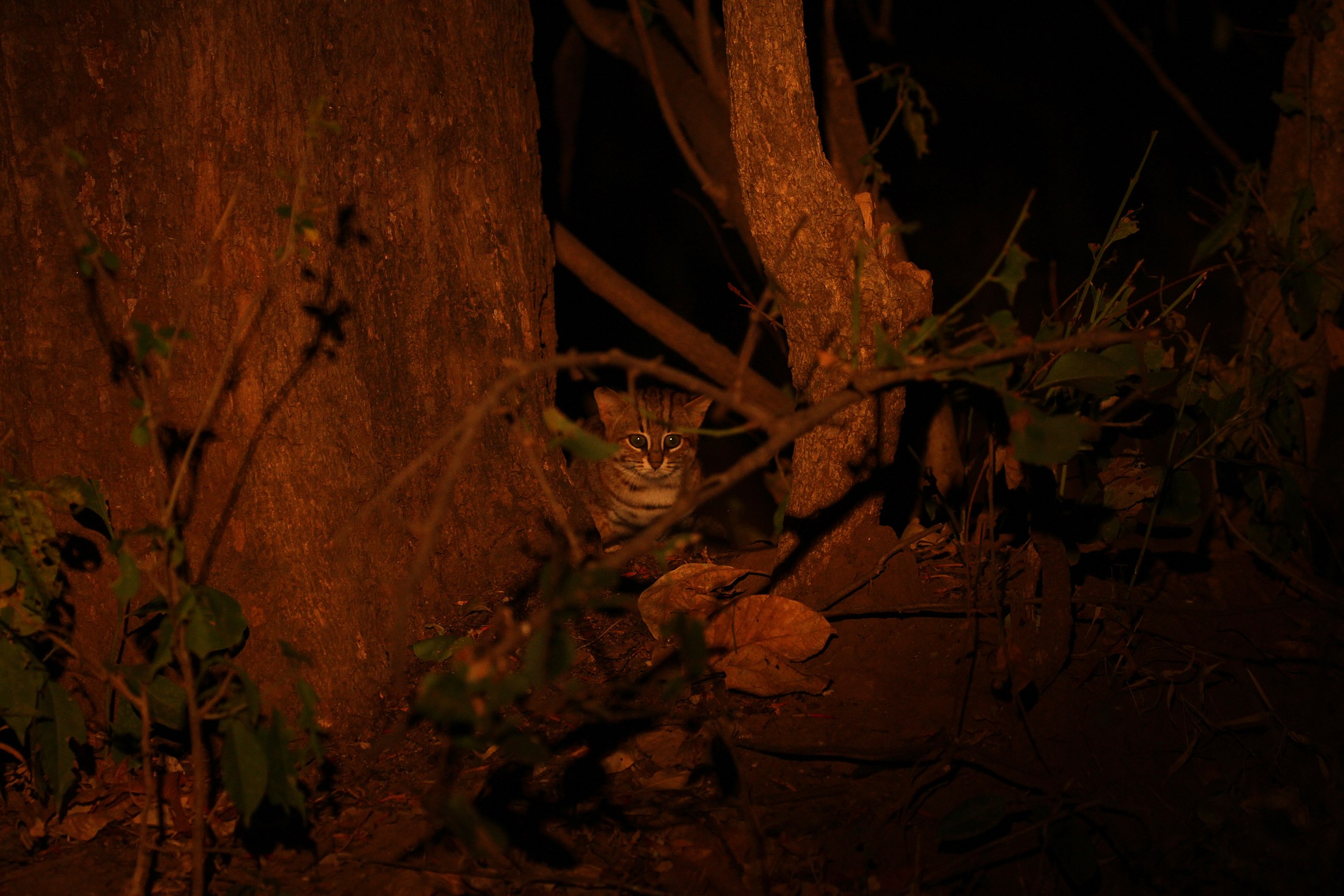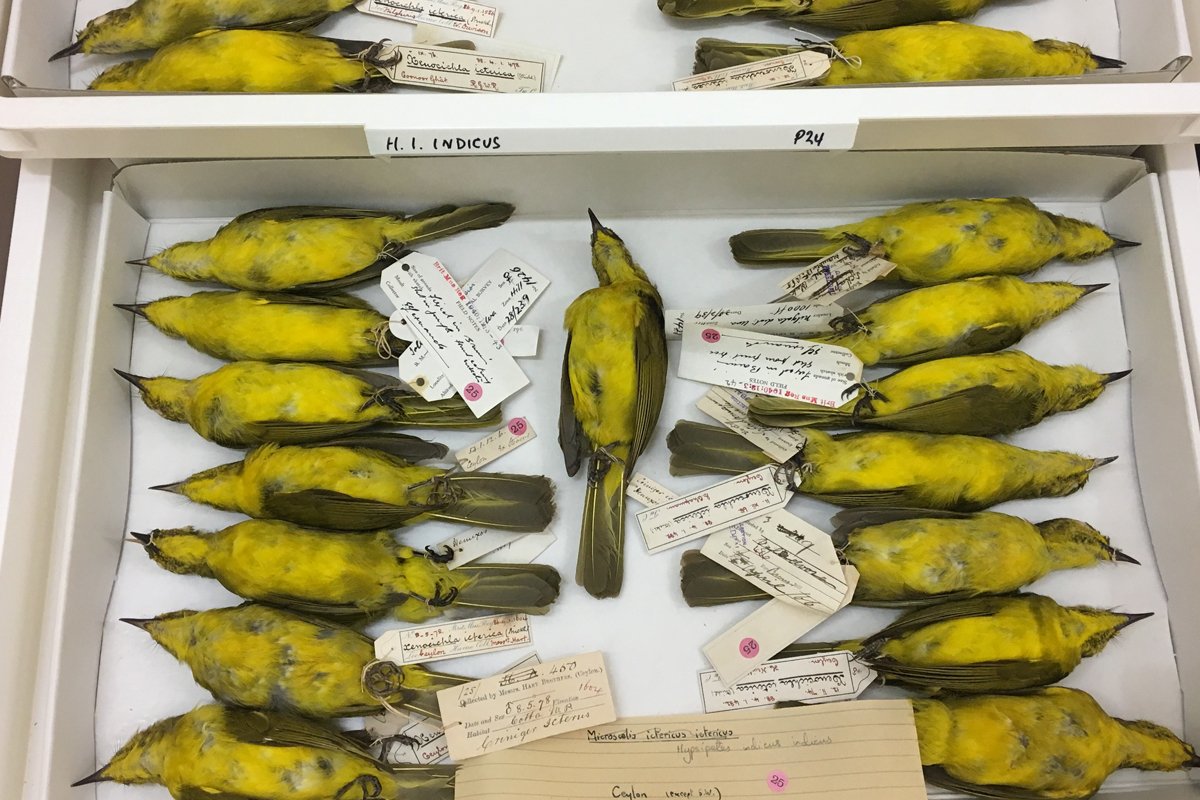

|
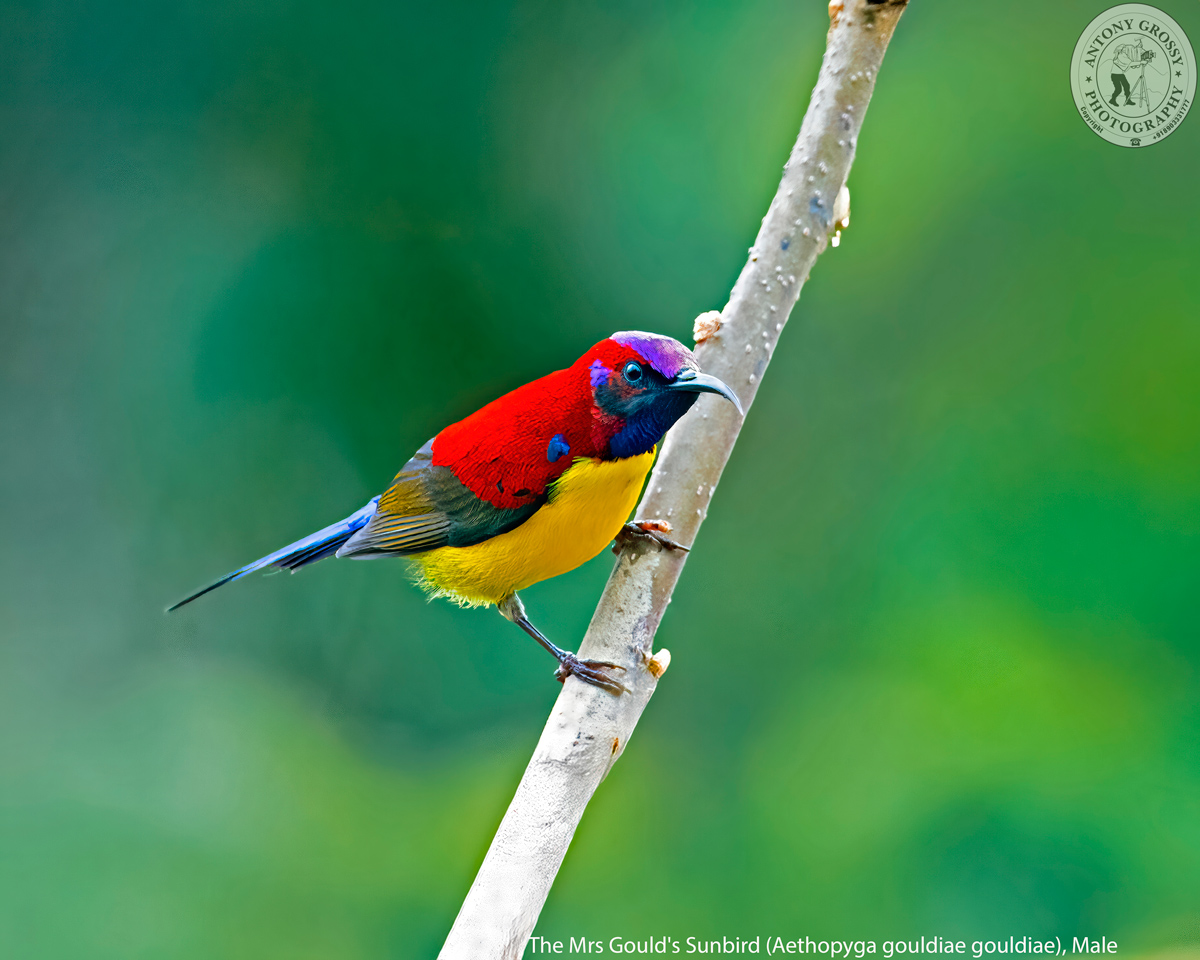 |
| The Amber Jewel of the Mountains – The Mrs Gould’s Sunbird, Male |
|
The Mrs Gould’s Sunbird is a small, vibrant sunbird species found in the Himalayas and Southeast Asia. Males are known for their bright scarlet plumage with a blue tail and yellow underparts, while females are duller, with olive upperparts and yellow underparts. They are nectar feeders, frequenting flowering trees in hill and montane forests. The Jewel-like male Mrs Gould’s Sunbird is bright scarlet with a blue tail and yellow underparts. The gorgeous Mrs. Goulds Sunbird has been named after Elizabeth Gould, who was an illustrator in the early 1800s. A species of hill and montane forests and forest edge, breeding as high as 4250 mtrs. . . . . . . . . . . . . . .. .. …. ……. . .. … …… ………………………. ………….. ……………….. .. …. …. ……….. … …. ……….. … …. ………… ………….. ………… ………… ….. ………. …………. …….. ……………. …… …. …. ……….. … …. ……….. .. ………… ….. ………. …………. …….. …… The Mrs Gould’s Sunbird is a small bright and colourful sunbird. It has a down-curved and pointed beak, typical for a nectar feeder. It is a small-sized bird that has a length of only up to 14 to 15 cm in length and weighing between 6.5 to 8 gms while the Female measures 10 cm in length and weighing between 6.1 gms. It is a relatively short-billed sunbird with the male long-tailed. The Male has metallic violet crown, ear-coverts, throat and patch on side of neck, crimson supercilium, side of head, neck, nape and back, bright yellow lower back, metallic purple-blue rump, uppertail-coverts and tail; lesser and median upperwing-coverts as upperparts, remainder of wing dark brown, broadly edged yellowish-olive on greater upperwing-coverts, tertials and secondaries, more narrowly on primaries; central tail feathers very long, outer feathers tipped buff; underparts yellow, usually streaked scarlet on breast, more olive on vent; iris dark brown, reddish-brown or crimson; bill dark brown, lower mandible paler, or all blackish; legs dark brown, soles paler. The Female has head and nape grey tinged olive, upperparts olive, olive-grey, or mixed grey, olive and yellow, rump yellow or yellowish most easily seen when hovering; graduated tail tipped whitish; throat pale grey, underparts yellow or yellowish-grey. Juvenile is as female, but greener above, brighter yellow below, tail less graduated and with tips less white, pale lower mandible; subadult male as female, but has patches of red above, blue rump, longish metallic tail, grey throat and brighter yellow below. Four subspecies have been described and the colour and pattern may be different in different subspecies. . . . . . . . . . . . . . .. .. …. ……. . .. … …… ………………………. ………….. ……………….. .. …. …. ……….. … …. ……….. … …. ………… ………….. ………… ………… ….. ………. …………. …….. ……………. …… …. …. ……….. … …. ……….. .. ………… ….. ………. …………. …….. …… Mrs Gould’s Sunbird is widely distributed in Bangladesh, Bhutan, Laos, Myanmar, Nepal, Thailand, India, Vietnam and Southern China. It is found in the evergreen broad-leaved forest, monsoon forest and deciduous broad-leaved forest, ridgetop forest and conifers, scrub-jungle; 1200 to 4270 mtr when breeding and 330 to 2700 mtr in winters. It is also occasionally found in orchards and bamboo forest within its range. Generally resident but may undertake small-scale seasonal migrations. . . . . . . . . . . . . . .. .. …. ……. . .. … …… ………………………. ………….. ……………….. .. …. …. ……….. … …. ……….. … …. ………… ………….. ………… ………… ….. ………. …………. …….. ……………. …… …. …. ……….. … …. ……….. .. ………… ….. ………. …………. …….. …… As a typical sunbird, Mrs Gould’s Sunbird feeds on nectar. The elongated and tubular tongue is modified for sucking the nectar for tube-shape flowers. It also takes small invertebrates. Diet also includes spiders, small beetles and hemipteran nymphs. Forages actively, often congregating in flowering trees. Forages at all levels, typically among lower branches and undergrowth; often at Mistletoes and Rhododendrons. It is usually seen solitary or in pairs although temporary groups of 3 to 5 or even more than 10 individuals can form. It moves quickly and flies for short distances. . . . . . . . . . . . . . .. .. …. ……. . .. … …… ………………………. ………….. ……………….. .. …. …. ……….. … …. ……….. … …. ………… ………….. ………… ………… ….. ………. …………. …….. ……………. …… …. …. ……….. … …. ……….. .. ………… ….. ………. …………. …….. …… The Song is described as a powerful, sharply seesawing sound. Calls include sharp scissors-like tzit-tzit, sometimes quickly repeated; alarm tshi-stshi-ti-ti-ti; squeeeee, rising in middle. . ….. ….. ………. …… ………….. ………… ………… …. … … …… ………….. ………… ………… ….. ………………….. … ………… ….. ………. …… ………….. …………………….. … ………… ….. ………. …… ………….. ………….. …… ………….. …………………….. … ………… ….. ………. …………. ….. ………. …… ………… ………….. …… ……….. …… ………….. ………… ……….. Description Credit Birds of the World (The Cornell Lab), Oiseaux, Birda, Animalia, Nepal Desk, Ogaclicks, Birds of India | Bird World, Bird Count India & Wiki. |
  |
|
|





